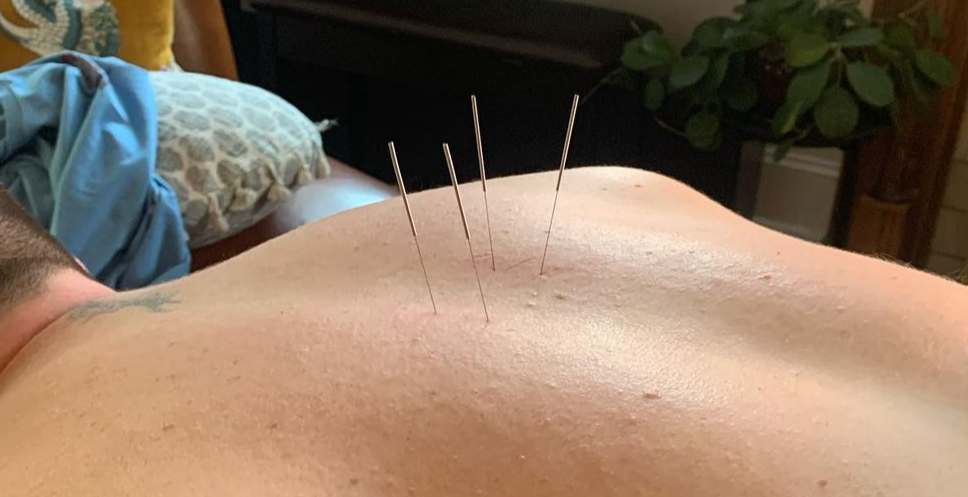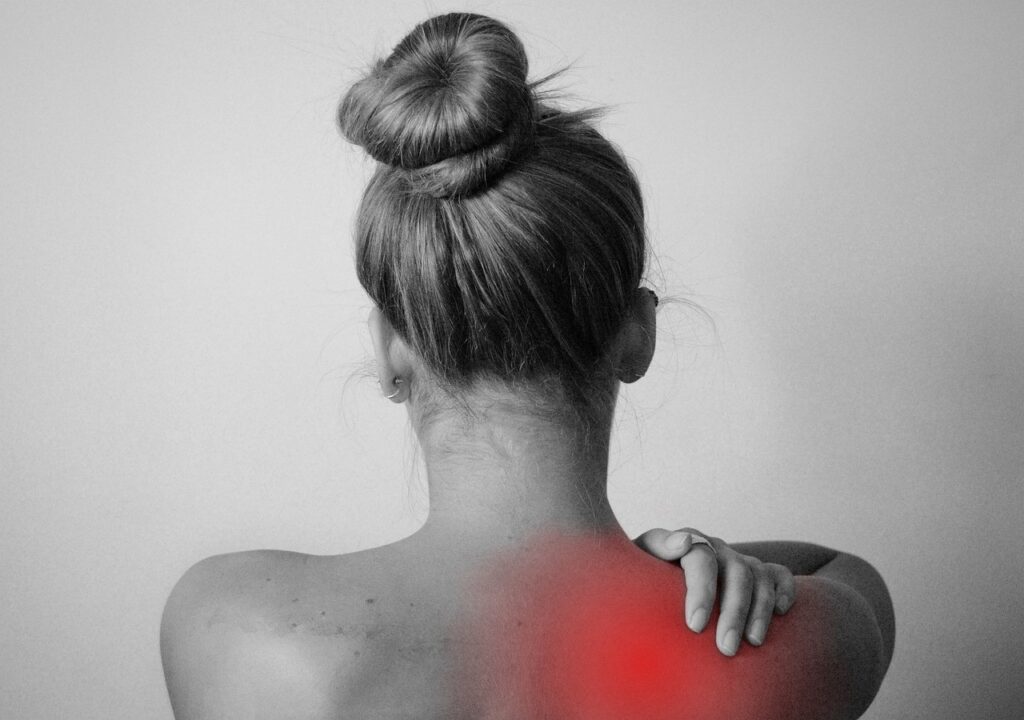What is Dry Needling?
Dry needling is a Western Medicine technique that was introduced to the US in 1984 and has exponentially gained popularity in mainstream physical therapy practices in recent years. At Revitalize Athletics, we heavily utilize dry needling in our treatment programs, so we often have clients asking about what it is, what it does, and what it’s good for. So, here’s the scoop!
What Is Dry Needling?
Dry needling is a technique that uses thin, filiform needles to treat dysfunction in a muscle and/or its associated nerves to improve function.
“Dry needling is a skilled technique performed by the healthcare professional, such as a physical therapist or acupuncturist, that uses a thin, filiform needle to penetrate the skin and underlying muscle to treat pain and movement dysfunction.”

What Does Dry Needling Feel Like? Does It Hurt?
Dry needling is termed “dry” because it does not involve injecting liquid into tissue or removing fluid from tissue. Since there is no liquid involved, the types of needles used during dry needling are called filiform needles and are solid (ie. no tube in the center), thin, and flexible with a rounded tip. This is in stark contrast to hypodermic needles that are often used at doctors offices to administer vaccinations, inject medications, and/or draw blood. The needles used for these purposes have a tube in the center (making them larger in diameter) and have a pointed, beveled edge to cut through the skin when the needle is inserted.
The distinctly different needle characteristics of filiform needles vs. hypodermic needles results in distinctly different sensations when the needle is inserted into the tissue. With filiform needles, the sensation is often described as “dull and achey”, whereas with hypodermic needles, the sensation is often described as “sharp”.
How Is Dry Needling Performed At Revitalize Athletics?
- The skin overlying the muscle to be needled is exposed and sanitized with rubbing alcohol
- The tube housing the needle is placed on the surface of the skin
- The practitioner will give a solid “thump” to the tube to dispense the needle in the first layer of skin
- The needle is inserted into the muscle belly, which can result in the familiar “dull and achey” sensation and can cause the muscle to “twitch” when inserted
- The needle is then attached to an electrical stimulation unit, which applies current to the muscle and makes it rhythmically “twitch” and “thump”
- The muscle is stimulated for ~30-90 sec before the electrical stimulation and needle are removed
How Does Dry Needling Work and What Is It Doing?
Dry needling has many effects that ultimately result in increased mobility, decreased pain, and improved function. Bear with me here, as we’re about to tap into a little science! Here are some of the effects of dry needling:
Increased blood flow – Studies show that there is an increase in local blood flow to muscles that are dry needled. This can result in the skin becoming red and warm due to the increase in local blood flow. This response is exaggerated when electrical stimulation is used to promote a repetitive, rhythmic contraction of the muscle. With repeated contraction elicited by the electrical stimulation, blood flow is increased to the muscle to replenish oxygen and nutrients needed to support muscular contraction, thereby amplifying the effect of increased blood flow

Reduces knots and trigger points in the muscle – A trigger point is a localized, tight band of muscle fibers within a muscle that is often painful when pressed on. At a cellular level, a trigger point contains increased electrical activity and altered biochemicals as compared to the healthy muscle tissue around it, making it distinctly different from the rest of the healthy muscle. Dry needling has been shown to both dissipate the increased electrical activity and restore normal biochemical balance within the trigger point tissue. This results in a palpable decrease in tension and pain of the area of the trigger point following dry needling.
Nervous system changes – Dry needling not only has direct effects on muscle tissue and trigger points, but it also creates widespread neurophysiological changes. That is, it can act like a “reset” to the nervous system. Studies have shown that, after a session of dry needling, systemic endorphin release is increased, which creates a natural “pain-relieving” response. Also, pain chemicals throughout the body are modulated, which results in decreased pain not only in the muscle that received the dry needling, but also in all muscles associated with the shared neural path of the muscle that was needled.
Whew! Thanks for hanging in there with that dense, science-y stuff! Let’s take a step back from the science and get to the “so what?”
What Is Dry Needling Good For? Will It Help Me?
As described in the physiological mechanisms above, dry needling is a technique used to treat neuromuscular dysfunction. That is, any diagnosis that involves injured muscles, tight muscles, or pinched nerves is a perfect use case for dry needling! Examples include pulled muscles, tendonitis, tight muscles, disc herniations, nerve impingement, and much more! What dry needling doesn’t help with is healing damaged ligaments, broken bones, or damaged cartilage like the meniscus or labrum.
If you think dry needling might be right for you, or if you still aren’t sure if it’s appropriate, click below to schedule your FREE phone consultation to determine if our dry needling are right for you!
Contact Us Today
Not sure where to start?
Schedule your free 15-minute consultation.
Returning client or ready to get started with therapy today? Call us to schedule your appointment.
